Published in the Horses and People Magazine & Hoofbeats Magazine
Hydration & Vegetation Management
By Mariette van den Berg BAppSc.(Hons), MSc. (Equine Nutrition)
In the previous section we discuss the value of using permaculture principles and Keyline design to build soil, improve soil carbon and fertility, and effectively capture and distribute rainwater. In this section, we describe some other hydration strategies.
Trees
Cleared land devoid of any trees, large drainage channels draining an already arid landscape, and pastures grazed down to bare soil are common examples of mismanaged sites in Australia. To restore these properties to health, it is necessary to actively regenerate the land. Trees perform an important function in land regeneration: they regulate the earth’s water supply by holding water and, so, play a major role in hydration of the land.(1) They take in water and return it either to the atmosphere as vapour (breathing, transpiring) or to the soil as liquid (excreting).
Trees also help improve water quality by filtering out impurities that could be potentially harmful in streams or groundwater. Forests help to regulate water through transpiration.(1) Excess water is released through the leaves into the air and, when enough moisture has transpired, rain starts and the water cycle begins all over again (figure 1). Planting trees is very important for regeneration of the land, but the key to success is in the selection. Although the Eucalyptus genus is considered an obvious choice for regeneration purposes in Australia, these species may not actually be ideal for modern-day restoration. Not only do Eucalyptus varieties drain pastures dry, but their leaves and bark also contain toxins that prevent other growth when they fall to the ground.(2) Nevertheless, plenty of other Australian natives and introduced species are now available as excellent farm tree alternatives. We cover selection and planting in the next sections.

Figure 1: Trees and their interaction with the soil and the influence on rain.
In this ecosystem, precipitation, represented by blue arrows, may be taken up by plants by roots, or may percolate through the soil and be stored as groundwater. Sunlight provides energy to plants. This energy may be passed on to animals that eat plants like the horse in this forest. The energy in plants may also be passed to decomposers (brown arrows), like earthworms and bacteria that live in dead plant material or soils. Micro-organisms that are attached to plant roots may help plants to capture some of the nutrients that are released as decomposers break down dead materials.
Swales & Dames
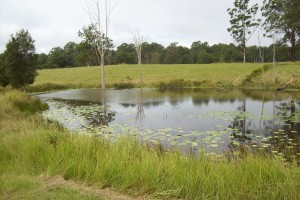 Another important tool in pasture and land hydration is the use of swales and dams.(3,4) Swales are not the same as contour banks. Contour banks actually redirect the water slightly off contour and drain to a central point to slow water and to stop erosion. Swales are level banks that follow contour from start to finish. Swales as used in permaculture are designed to slow and capture run-off by spreading it horizontally across the landscape (along an elevation contour line), facilitating run-off infiltration into the soil (figure 2).(4)
Another important tool in pasture and land hydration is the use of swales and dams.(3,4) Swales are not the same as contour banks. Contour banks actually redirect the water slightly off contour and drain to a central point to slow water and to stop erosion. Swales are level banks that follow contour from start to finish. Swales as used in permaculture are designed to slow and capture run-off by spreading it horizontally across the landscape (along an elevation contour line), facilitating run-off infiltration into the soil (figure 2).(4)
Once the topsoil on the pasture is at 100% water-holding capacity, surface run-off flows into the swale (photo 2). The water is absorbed and taken deep underground to recharge the subsoil and replenish underground springs. This process slows water in the landscape and retains it in the ground for longer periods of time.
Dams and swales can be integrated in property design to recharge and rehydrate the Australian landscape.(2) By connecting dam spillways with swales, they can back-flow and recharge each other (figure 7). Once the safe maximum level (free-board) of the swale and dam is reached, a passive discharge across a level sill spillway of around 4–5 metres (13–16 feet) in length for large systems spills the water in a level sheet of water (usually 3–5 mm deep, depending on rainfall).(4) The spilled water then runs across the grass and is discharged on a ridge rather than a gully. It is important to place a nitrogen-fixing legume crop, such as cowpea or field pea, in the new swales and trees to stabilise soil.

Photo 1) new excavated swale.
 2) After heavy rain the water is absorbed in the swale
2) After heavy rain the water is absorbed in the swale
Property design
Horse properties are generally designed like most Australian farms, with straight fences around square paddocks and little consideration for the water flow of the property. Water is the most important element in good design. Therefore, it is imperative to achieve optimum water management with swales, dams, and Keyline ploughing, so that grass can grow and, in turn, add to the soil. By designing pasture fencing around dams, swales, and sensitive waterways, and by planting trees, it is possible to effectively manage water on our properties.
Figure 2 illustrates swale design and demonstrates how fences can block access to the swale. Trees and shrubs are planted between the fences and on the swale, creating windbreaks. A well-planned system can include forage trees for horses and livestock, and fruit trees for human consumption.

Figure 2: swales with inclusion of trees ©MB Equine Services
When designing farms using permaculture principles, each element should serve more than one function. A swale can, for example, harvest water, rehydrate land, grow windbreaks, grow horse forage, provide shade, increase biodiversity, flood- and fire-proof land, and assist noise reduction. A swale can also accumulate fertility from run-off and evenly disperse nutrients through the swale and into the ground — which means free fertiliser.
Further reading:
- Perlis, A. 2007. Forests and Water. Food and Agriculture Organization of the United Nations (FAO), Unasylva No. 229 Vol. 58.
- FAO. 1988. The Eucalyptus Dilemma. Food and Agriculture Organization of the United Nations (FAO), Rome.
- Mollison, B. 2011. Introduction to Permaculture. 2nd edition. Tagari Publications, Australia.
- Mollison, B. 2004. Permaculture: A Designers’ Manual. 2nd edition. Tagari Publications, Australia.
© MB Equine Services 2014
www.mbequineservices.com

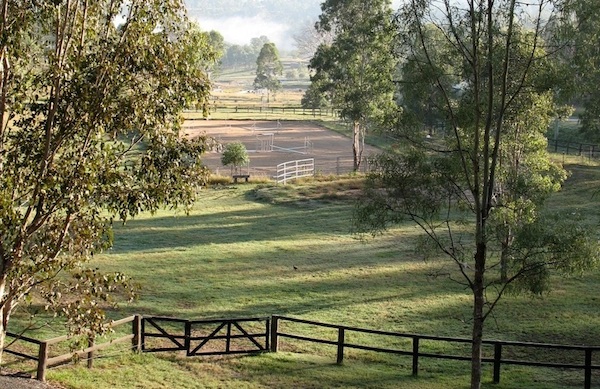
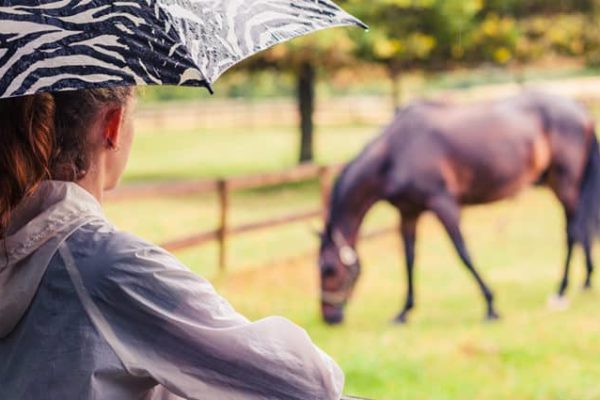
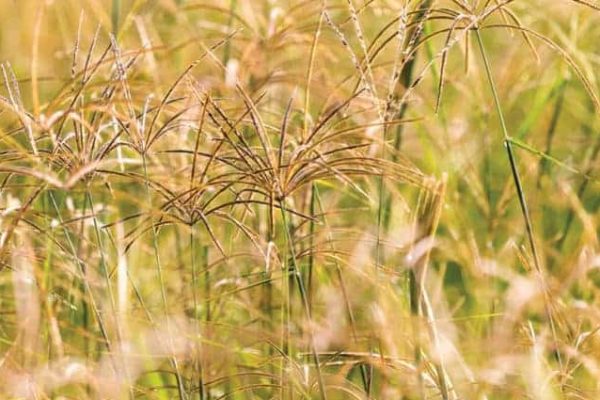
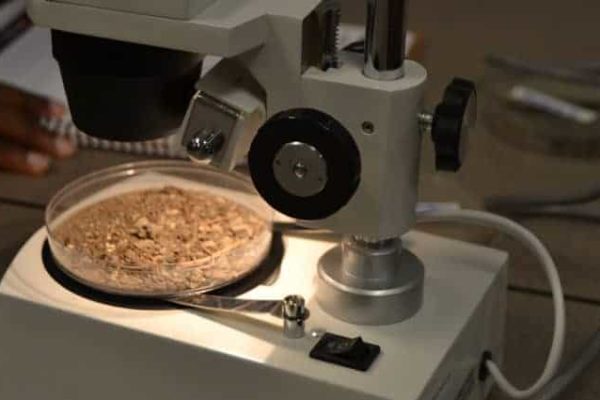
Comment(1)
Kerry Thompson says:
March 22, 2015 at 11:04 pmThanks for the great website! Where can I get more information about the design of the swales and spillways? I am currently reviewing my property layout and want to add swales to my dams (we are also building a new keypoint dam).